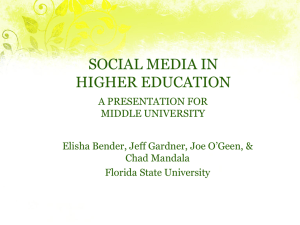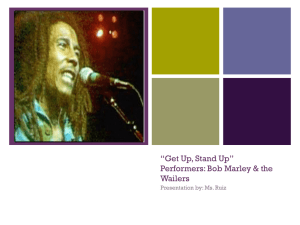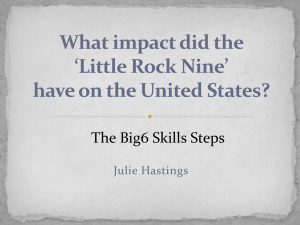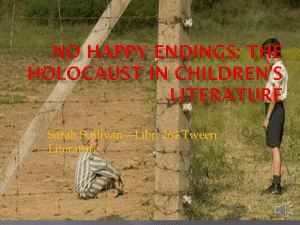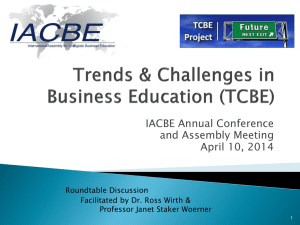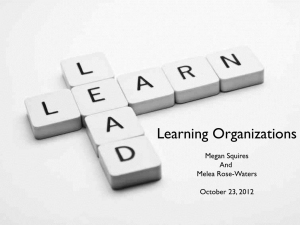Shoshone-Bannock
advertisement
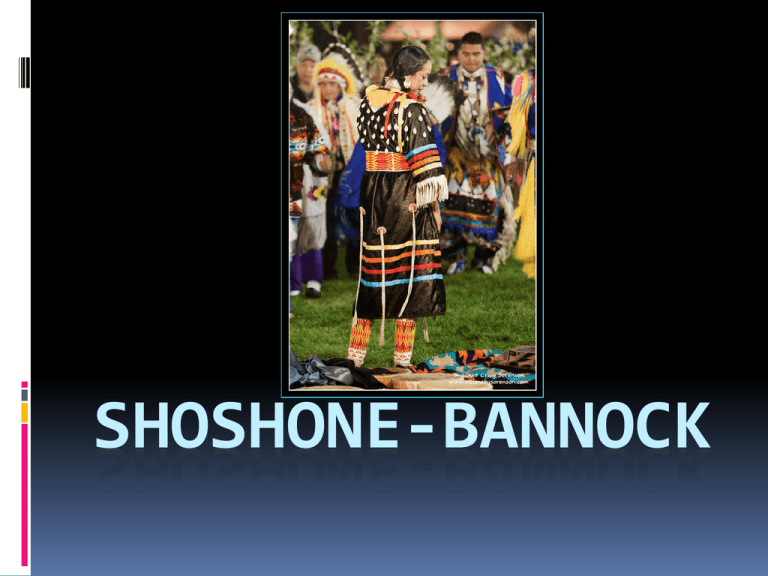
SHOSHONE-BANNOCK Who are the people being studied? Shoshone What did they call themselves? Newe, pronounced nuh-wuh. Meaning: People Shoshone or Shoshoni? •Meaning: Unknown; does not correspond to any known Indian word. Most likely a white man’s word based on a mispronunciation. •Pronounced : show-SHOW-nee •Different bands prefer different spellings, but either spelling acceptable. Bannock When did they live? Where did they live? Location during the time of the Lewis and Clark Expedition. Where do they live now? What did they leave behind to tell us something about them? Rock Paintings Burden Basket What did they leave behind to tell us something about them? What did they produce or create? Food they gathered: C A M A S What did they produce or create? Food they gathered: What did they produce or create? (food-hunted) Other food they hunted: What did they produce or create? (clothing) What did they produce or create? (shelter) What means of transportation did they use? What did they do for recreation? What did they do for recreation? What family patterns did they develop? How did they educate their young? How did they govern and control their society? What customs and beliefs did they hold? Shoshone-Bannock Dancers Religion Beliefs Pa waip: Water Ghost Woman Creation Story http://www.lc- triballegacy.org/video.php?query=age&vid=2 16 Ed Edmo: Tribal Elder and Storyteller What events, individuals, or ideas are they especially known for, and how did these affect their lives? The most well-known Shoshone: Sacajawea : Shoshoni for “Boat Launcher” Sakakawea : Hidatsa for “Bird Woman” Pronounced: Sacagawea Captain Clark called her “Janey”. What problems did they have? How did they deal with these problems? References-Websites Ariwite Design. (2006-2009). The Shoshone-Bannock tribes. Retrieved from http://www.shoshonebannocktribes.com Edmo-Suppah, L. (Ed.). (2011). Sho-Ban news online. Retrieved from http://www.shobannews.com/ LewisAndClarkTrail.com. (2011). Lewis and Clark among the tribes. Retrieved from http://lewisandclarktrail.com/nations.htm The West Film Project. (2001). New perspectives on the West: Sacagawea. Retrieved from http://www.pbs.org/weta/thewest/people/s_z/sacagawea.htm Idaho Public Television. (2011). The journey of Sacagawea. Retrieved from http://idahoptv.org/lc/sacagawea/spell.cfm Mappery.com. (n.d.) Tribes of the Indian Nation map. Retrieved from http://mappery.com/Tribes-of-Indian-Nation-Map Shoshoneindian.com. (2003). The Shoshone Indians: Sacajawea. Retrieved from http://www.shoshoneindian.com/sacajawea_001.htm Mollerup, J. (2010). Chief Washakie Foundation. Retrieved from http://www.windriverhistory.org/ U.S. Department of the Interior Bureau of Land Management. (2011). Table Rocks: How did the Takelma prepare camas? Retrieved from http://www.blm.gov/or/resources/recreation/tablerock/table-rock-culture-camas.php Native Languages of the Americas. (2011). Shoshone Indian fact sheet: Native American facts for kids: Shoshone tribe. Retrieved from http://www.bigorrin.org/shoshone_kids.htm International Society Daughters of Utah Pioneers. (2011). This is still the place: Utah’s 1897 Pioneer Jubliee. Retrieved from http://www.dupinternational.org/jubilee/ghostdance.htm References-Websites continued… Rea, T. (2010). Pictures on rock: Wyoming’s pictographs, petro glyphs, and what they say about the people who made them. Retrieved from http://www.tomrea.net/Pictures%20on%20Rock.html National Park Service: Lewis and Clark National Historic Trail: Tribal Legacy Project. (n.d.). Shoshone-Bannock Creation legend video. Retrieved from http://www.lc-triballegacy.org/video.php?query=age&vid=216 Perry, M. State of Utah. (2011). Utah history to go: Chapter2: The Northwest Shoshone. Retrieved from http://historytogo.utah.gov/people/ethnic_cultures/the_history_of_utahs_american_indians/chapter2.html Photos not contained in the aforementioned citations were retrieved from http://www.google.com/imghp?hl=en&tab=wi References-Online Books, Newspapers, & Publications Keyser, J. D. & Klassen, M. (2001.) Plains Indian rock art. Retrieved from http://books.google.com/book Canfield, A. E. (2010). The “Civilizing Missions” revisited: The impacts of assimilation on Shoshone-Bannock women. Idaho Yesterdays, Vol. 51, No. 1. Retrieved from http://134.50.3.223/idahoyesterdays/index.php/IY/article/view/33/38 National Park Service. (1999). Craters of the Moon: Historic context statements. History e-library (Ch. 2). Retrieved from http://www.nps.gov/history/history/online_books/crmo/hcs/chap2.htm Evans, T. (2011). Upheaval in Indian Country: Hunger on the Fort Hall Reservation let to war. Idaho Mountain Express and Guide: The Valley’s Newspaper. Retrieved from http://www.mtexpress.com/story_printer.php?ID=2005135964 Englash, R. (2001). SimShoBan: Computational ethnography at the Shoshone-Bannock School. Retrieved from http://homepages.rpi.edu/~eglash/eglash.dir/complex.dir/comp_eth/complex.htm



